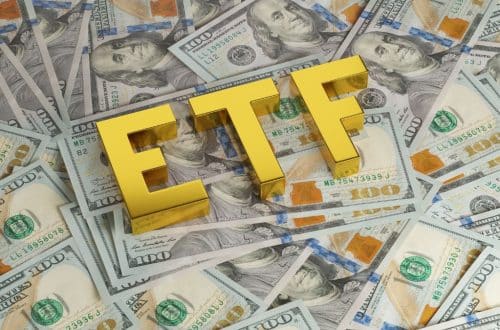
Consensys faz parceria com Microsoft para descentralizar Infura
- Infura serve como porta de entrada para Ethereum para a maioria das plataformas DeFi.
- A Infura sofreu uma interrupção de rede em 2020 que gerou preocupações sobre ser um ponto único de falha para a maioria das plataformas DeFi e exchanges centralizadas.
A empresa de software Blockchain Consensys fez parceria com a Microsoft, Tencent e dezesseis outros titãs da Web2 para descentralizar a rede Infura, que serve como a principal porta de entrada para Ethereum para a maioria das plataformas DeFi (Finanças Descentralizadas).
As colaborações buscam fortalecer a descentralização da rede Infura, essencial para evitar interrupções nos serviços Web3 que dela dependem, como o provedor de carteira MetaMask.
Sem dúvida, a Infura é uma das plataformas mais utilizadas por desenvolvedores para conectar aplicativos a blockchains. Ela suporta alguns dos maiores aplicativos no Ethereum e em outras blockchains, tornando-se um componente essencial do ecossistema blockchain. No entanto, a percepção de centralização da Infura sempre foi motivo de preocupação. Muitos a viam como um ponto único de falha para todo o ecossistema de criptomoedas.
As preocupações com a descentralização da Infura surgiram pela primeira vez em novembro de 2020, quando a empresa sofreu uma interrupção temporária que afetou vários de seus servidores. DeFi projetos e intercâmbios centralizados.
Há mais de um ano, a Infura anunciou planos para descentralizar alguns aspectos de seus serviços e melhorar a experiência do usuário. Andrew Breslin, gerente sênior de produtos da Consensys, afirma que a parceria ajudará a Infura a "descentralizar todas as camadas da infraestrutura blockchain".“
A nova “Rede Descentralizada Infura (DIN)” será lançada no quarto trimestre e tem como objetivo solucionar o problema de centralização da Infrua. Ao comentar sobre a parceria, Breslin disse:
O custo e a complexidade envolvidos na operação de um serviço como o Infura eram bastante limitantes em termos de com quem poderíamos fazer parceria para atender esse tráfego. Agora existe um ecossistema enorme e próspero de provedores de infraestrutura Web3 que podem oferecer um serviço complementar ao Infura.
Breslin revelou que uma das primeiras habilidades significativas fornecidas pelo DIN é o “suporte a failover”. Esse recurso permitirá o redirecionamento do tráfego para um ou mais parceiros DIN durante uma interrupção, resultando em taxas de disponibilidade a longo prazo.
Thomas Hay, gerente de produto da Infura, explicou a nova funcionalidade em um comunicado. Ele observou que, caso a Infura enfrente "condições em que o serviço esteja comprometido para o usuário final, temos um sistema de roteamento de contingência". Além disso, se os nós da blockchain da Infura ficarem offline, Hay explicou que "as solicitações podem ser redirecionadas para um parceiro que passou por uma série de testes de carga e garantia de qualidade".“
Além disso, Breslin observou que, uma vez lançado o DIN, os aplicativos descentralizados (DApps) não precisarão depender de um único provedor de serviços localizado em um único lugar, tornando o Ethereum mais resistente à censura e mais confiável.
Ao comentar sobre os parceiros selecionados, Breslin observou que a Infura desejava que outros provedores de infraestrutura de internet confiáveis se juntassem à DIN, acrescentando que a lista atual não era fechada. Breslin descreveu esta fase de parceria com as empresas selecionadas como a “fase federada” da DIN, um breve período de testes durante o qual a rede permanece centralizada.
O grande plano da DIN, segundo Breslin, é que ela seja controlada como uma organização autônoma descentralizada (DAO). Esse sistema de governança garante que cada participante tenha uma influência democraticamente equilibrada na direção da rede.







